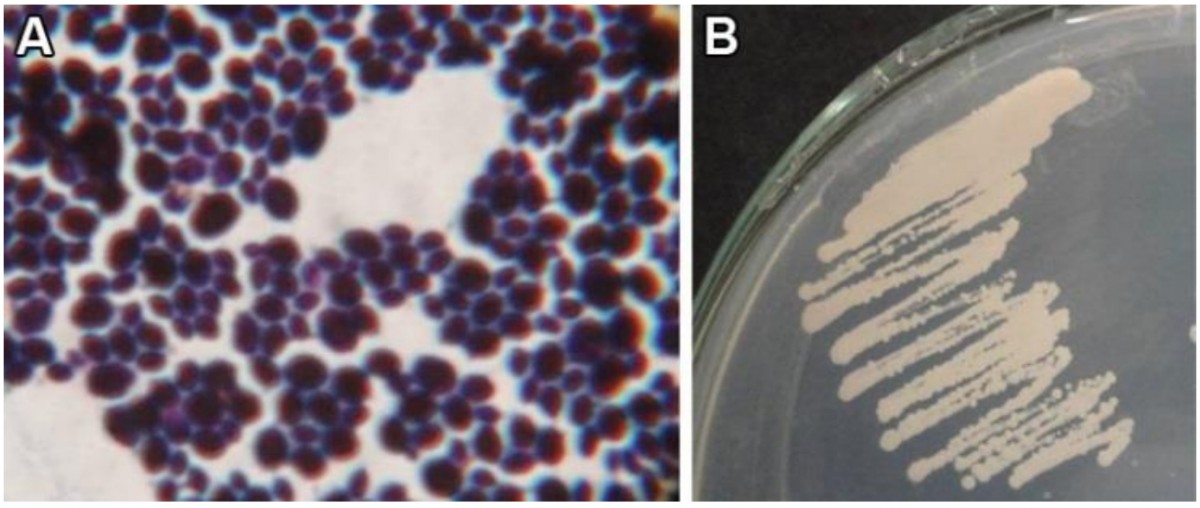Emerging multidrug-resistant Candida auris: information on infection control practices
The following information was sent to PICNet’s Community of Practice on July 14, 2016; you can also download the following information as a PDF. PICNet has also prepared a Q&A that you can view in our previous news post or as a PDF.
Background
The US Centers for Disease Control and Prevention and the Public Health Agency of Canada have recently raised an alert to an emerging multidrug-resistant (MDR) yeast, Candida auris (C. auris), that is causing potentially lethal, invasive infections in health-care settings.1 Candida auris was first identified in 2009 as a new species when it was isolated from the external ear of a Japanese patient with otitis. However, cases of candidemia and deep-seated infections in South Korea, Kuwait, India, Pakistan, South Africa, Colombia, Venezuela, and the United Kingdom have since been reported, with healthcare outbreaks described in at least two countries.1,2 Analysis of these clusters suggest that C. auris is being transmitted within health-care facilities. C. auris has shown to be highly resistant to fluconazole, with isolates also being resistant to voriconazole, flucytosine, and echinocandins.1,4,5 No cases of C. auris have yet been identified in Canada.
Infection Prevention and Control
The precise mode of transmission within the healthcare environment is not known. However, experience during outbreaks suggests that C. auris might substantially contaminate the environment of rooms of colonised or infected patients. Transmission directly from equipment in contact with the patient is a particular risk; however, this does not preclude transmission via hands of health-care workers, and hand hygiene therefore needs to be strictly adhered to. Key infection prevention and control measures should include5:
- Patients colonised or infected with the organism should be placed in a single room wherever possible. Contact precautions should be strictly followed including gowns and gloves, and meticulous hand hygiene.
- Personal protective equipment (PPE) should be donned after hand hygiene and before entering the room; and removed and discarded in the room, followed by thorough hand hygiene with soap and water or alcohol-based hand sanitizer.
- Eye protection and masks are not routinely required, and should be worn only if there is a procedural risk of spillage or splashes as per routine practices.
Environmental Cleaning
Routine environment cleaning is currently recommended using at least 1000 ppm of available chlorine or other disinfectants with label claims against Candida spp. Product dilution and contact time should be followed as per the manufacturer’s instructions. Once the patient has left the environment, a terminal clean should be undertaken. All equipment should be cleaned in accordance with manufacturer’s instructions. Particular attention should be paid to the cleaning of multiple-use equipment.
Laboratory Identification
C. auris has a unique susceptibility profile that should initially raise suspicion for further investigation for guiding treatment and infection prevention and control response where necessary. Current methods in frontline microbiology laboratories may detect C. auris. This is in the process of being coordinated and confirmed between the BC Centre for Disease Control Public Health Laboratory and frontline Microbiology Laboratories across BC. Following initial detection by frontline microbiology laboratories, fungal gene sequencing is required for confirmation of identification. It is important to consult with the local microbiology laboratory for any possible cases of healthcare associated candidiasis.
Further Information
- For more information on auris, please refer to the US CDC’s Clinical Alert to U.S. Healthcare Facilities, issued on June 27, 2013.
- If health-care providers have questions about caring for a patient with suspected or confirmed auris, they should contact their facility’s infection control practitioner.
- If you have questions from patients or from other staff in your facility, you can refer to PICNet’s Q&A sheet.
- For further information on laboratory testing, diagnosis, and reporting in BC, please contact Dr. Linda Hoang at the BC Centre for Disease Control Public Health Laboratory (hoang@bccdc.ca).
References
- Centres for Disease Control and Prevention. Global Emergence of Invasive Infections Caused by the Multidrug-Resistant YeastCandida auris. http://www.cdc.gov/fungal/diseases/candidiasis/candida-auris-alert.html
- Kazuo Satoh et al. Candida auris nov., a novel ascomycetous yeast isolated from the external ear canal of an inpatient in a Japanese hospital. http://onlinelibrary.wiley.com/doi/10.1111/j.1348-0421.2008.00083.x/full
- Shallu Kathuria et al. Multidrug-ResistantCandida auris Misidentified as Candida haemulonii: Characterization by Matrix-Assisted Laser Desorption Ionization–Time of Flight Mass Spectrometry and DNA Sequencing and Its Antifungal Susceptibility Profile Variability by Vitek 2, CLSI Broth Microdilution, and Etest Method http://www.ncbi.nlm.nih.gov/pmc/articles/PMC4432077/
- Rindidzani E. Magobo etal. Candida auris–Associated Candidemia, South Africa. http://www.ncbi.nlm.nih.gov/pmc/articles/PMC4073876/
- Public Health England. Guidance for the laboratory investigation, management and infection prevention and control for cases of Candida auris. https://www.gov.uk/government/uploads/system/uploads/attachment_data/file/534174/Guidance_Candida__auris.pdf

This figure shows a microscopic image of a Gram stain of Candida auris cells (A) and agar isolate (B). Photo credit: The Journal of Infection in Developing Countries, used under a Creative Commons Attribution license by Kumar et al. (Full citation: J Infect Dev Ctries 2015; 9(4):435-437)
